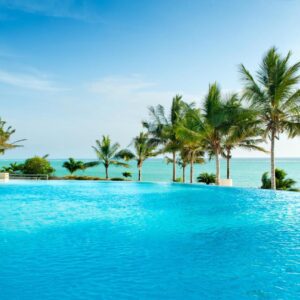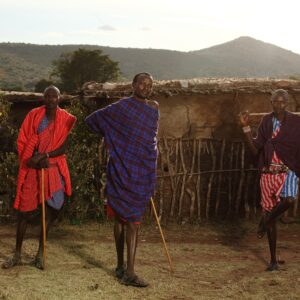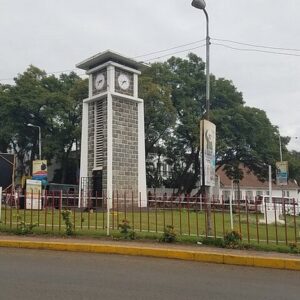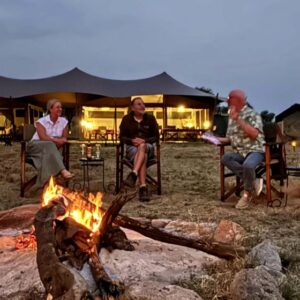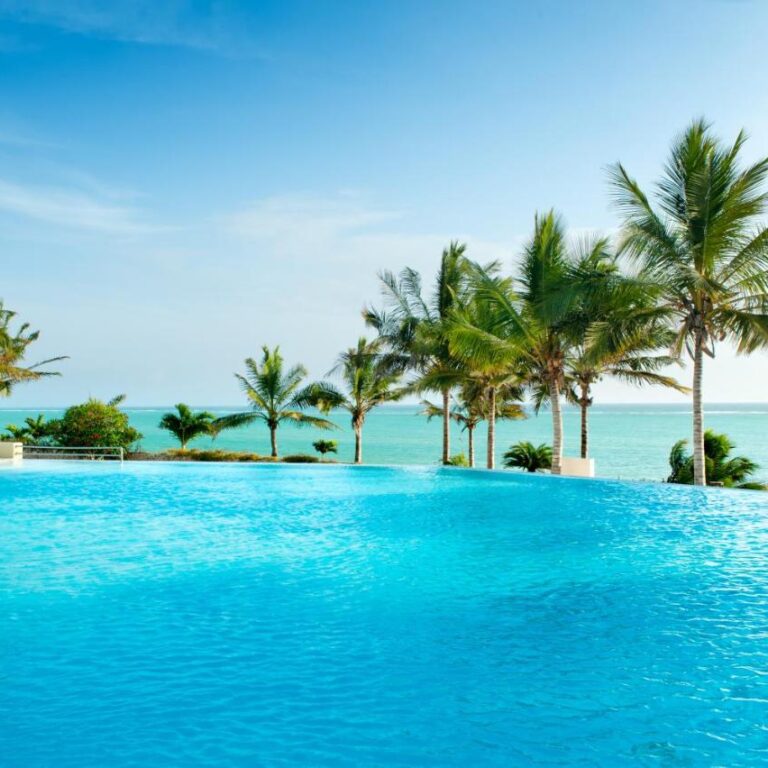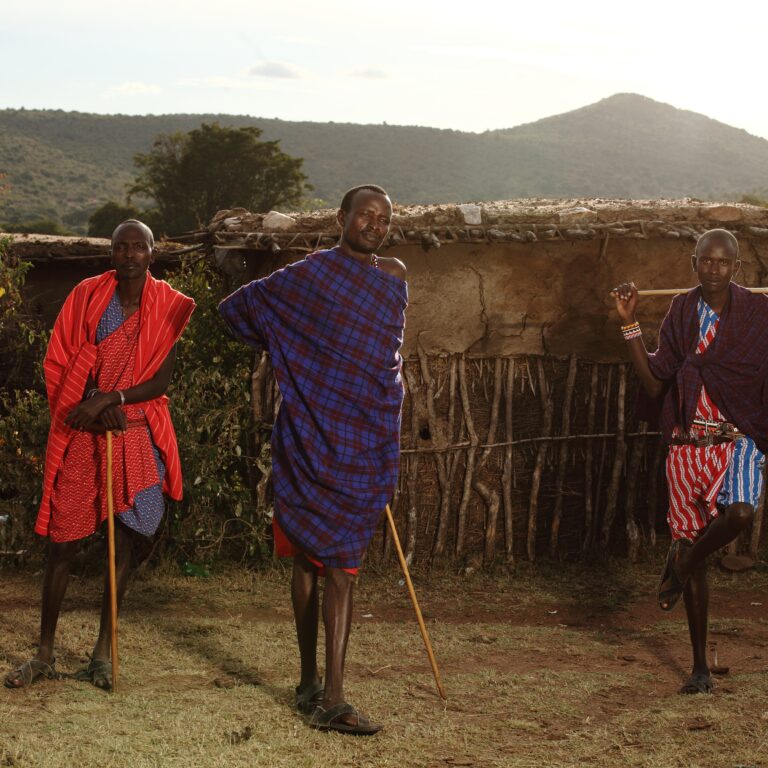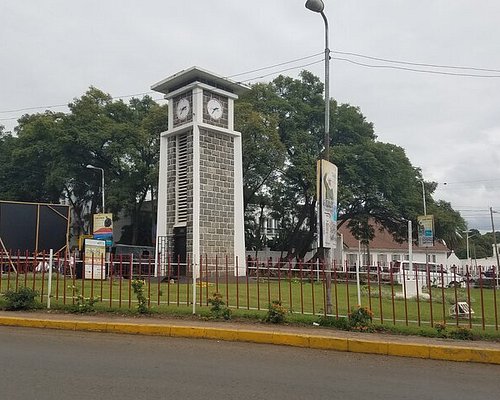Ngorongoro in January – Weather, Prices, Travel Tips, Safari & More
The Ngorongoro Conservation Area, home to the world-famous Ngorongoro Crater, is a must-visit destination in Tanzania. Known for its stunning landscapes, rich biodiversity, and fascinating history, Ngorongoro offers an unforgettable experience for nature enthusiasts. Wildlife photographers, and adventure seekers alike. Visiting Ngorongoro in January comes with its own set of unique benefits and considerations. This guide provides an in-depth look at what you can expect. From the weather and wildlife to the best activities and travel tips.
Weather and Climate in January
January is part of the short rainy season in Ngorongoro, which typically runs from late November through early February. The weather is generally mild, with daytime temperatures ranging from 23°C to 27°C (73°F to 81°F), and nighttime temperatures dropping to around 10°C to 14°C (50°F to 57°F). While you can expect occasional showers, they are usually brief and followed by clear skies. Making it a great time to enjoy the lush, green landscapes.
The rains contribute to the area’s vibrant vegetation. Creating a stunning contrast between the green plains and the dark volcanic soil. The crater’s rim, which stands at around 2,200 meters (7,200 feet) above sea level, can be cooler and misty. Particularly in the early mornings and late evenings. Visitors should be prepared for a range of weather conditions but can generally expect comfortable and pleasant temperatures throughout the day.
Why Visit Ngorongoro in January
There are several compelling reasons to visit Ngorongoro in January:
Lush Landscapes: The rains bring the landscape to life, with lush greenery, blooming wildflowers, and flowing streams. This vibrant environment enhances the beauty of the crater and its surroundings, making it a photographer’s paradise.
Fewer Crowds: January is a quieter month compared to the peak season of June to October. This means fewer tourists, less crowded viewpoints, and a more serene experience overall.
Wildlife Activity: January is an excellent time for wildlife viewing. The calving season for many herbivores begins in late January. Offering the chance to see newborns and the predator-prey interactions that follow. The abundant water and food sources also ensure that animals are well-distributed throughout the crater.
Cultural Experiences: With fewer tourists, January is a great time to visit Maasai villages and engage with the local culture in a more authentic and personal way.
Where to Go in Ngorongoro in January
Ngorongoro has several key areas worth exploring:
Ngorongoro Crater: The crater itself is the primary attraction, offering one of the best wildlife viewing experiences in Africa. Within the crater, you can explore the Lerai Forest, known for its elephant and leopard populations, and the Gorigor Swamp, where you can often spot hippos and various bird species.
Lake Magadi: This soda lake, located on the crater floor, attracts flamingos and other waterbirds, creating a picturesque scene against the backdrop of the crater walls.
Olmoti Crater: For those looking to venture beyond the main crater, the Olmoti Crater offers a quieter experience with opportunities for walking safaris and bird watching.
Empakaai Crater: Another volcanic crater in the area, Empakaai is less visited but equally beautiful. A hike down to the crater floor reveals a stunning soda lake and a haven for flamingos and other wildlife.
What to Do in Ngorongoro in January
Game Drives: January offers excellent game viewing opportunities, especially in the Ngorongoro Crater. Morning and late afternoon drives are the best times to spot a variety of wildlife, including the Big Five.
Walking Safaris: Explore the less-visited areas of the Ngorongoro Conservation Area on foot with a guide. This allows you to get closer to nature and learn about the smaller details of the ecosystem.
Bird Watching: The crater and surrounding areas are home to over 500 bird species, making January a prime time for bird enthusiasts. The combination of resident and migratory species ensures diverse sightings.
Cultural Visits: Spend time with the Maasai people, learning about their traditions, daily life, and the challenges they face living in this unique environment.
When to Visit Ngorongoro in January
The best times to explore Ngorongoro in January are early morning and late afternoon. Wildlife is most active during these cooler parts of the day, and the soft light is perfect for photography. If you’re planning a game drive, aim to start as early as possible to catch the animals at their most active.
What to Pack for Ngorongoro in January
Clothing: Pack light, breathable clothing for the daytime and warmer layers for the cooler evenings and mornings. Neutral colors are recommended for blending in with the environment.
Footwear: Comfortable walking shoes or boots are essential, especially if you plan on doing any walking safaris or hiking in the area.
Rain Gear: Given that January is part of the short rainy season, it’s wise to bring a lightweight rain jacket or poncho.
Sun Protection: Even with the rain, the sun can be strong, so pack a wide-brimmed hat, sunglasses, and sunscreen.
Insect Repellent: Although the risk of malaria is lower in the crater, it’s still advisable to carry insect repellent, especially for early morning and evening activities.
Camera Gear: The lush landscapes and abundant wildlife make January a great time for photography, so be sure to bring a camera with a good zoom lens.
Crowds & Costs – Ngorongoro in January
January is a relatively quiet time in Ngorongoro, with fewer tourists than the peak season. This can make for a more peaceful experience, with less competition for the best viewpoints and accommodation. Prices for lodges and safaris may be slightly lower than during the high season, but it’s still advisable to book in advance, especially for premium accommodations.
Wildlife & Animals – Ngorongoro in January
Wildlife viewing in January is exceptional. The calving season begins towards the end of the month, so you may have the chance to see newborn wildebeest, zebras, and gazelles. These young animals attract predators like lions, cheetahs, and hyenas, leading to exciting wildlife encounters.
The Ngorongoro Crater is home to the Big Five, and in January, you’re likely to see lions, elephants, buffaloes, and possibly the elusive black rhino. The crater’s diverse habitats, including open grasslands, acacia forests, and wetlands, support a wide range of species, making every game drive a thrilling experience.
Tours and Activities – Ngorongoro in January
Tour operators offer a variety of activities tailored to the January season:
Guided Game Drives: These are the most popular way to explore the Ngorongoro Crater. Experienced guides know the best spots for wildlife sightings and can provide valuable insights into the animals’ behavior.
Walking Safaris: For a more intimate experience, join a walking safari. This allows you to explore areas outside the crater and learn about the smaller aspects of the ecosystem, such as plants, insects, and birds.
Cultural Tours: Visiting a Maasai village is a highlight for many travelers. These tours offer a chance to learn about the Maasai culture, including their traditional way of life, dress, and customs.
Bird Watching Tours: January is a great time for bird watching, with both resident and migratory species present in the area. Specialized birding tours can be arranged for those interested.
What to Expect – Ngorongoro in January
Visitors to Ngorongoro in January can expect lush, green landscapes, fewer crowds, and excellent wildlife viewing. The short rains bring life to the area, with blooming flowers and active wildlife. The calving season adds an extra layer of excitement, as you may witness newborn animals and the predators that follow.
Despite the occasional rain shower, the weather is generally mild and comfortable. The cooler temperatures at night and early morning make it ideal for game drives and other outdoor activities.
Ngorongoro Accommodations in January
Accommodation options in Ngorongoro range from luxury lodges to mid-range camps and budget-friendly options:
Luxury Lodges: These offer premium comfort, often with spectacular views over the crater or the surrounding landscapes. They typically include amenities like gourmet dining, private game drives, and spacious suites.
Mid-Range Camps: For those looking for a balance of comfort and affordability, mid-range camps offer comfortable tents or cabins, good food, and guided activities.
Budget Options: Budget-friendly lodges and camps provide basic accommodations with essential amenities. Camping is also an option for those seeking a more adventurous experience.
Regardless of your choice, booking in advance is recommended, especially during the calving season when demand can be higher.
Getting to Ngorongoro Crater in January
Ngorongoro Crater is accessible from major Tanzanian cities:
By Air: The nearest major airport is Kilimanjaro International Airport (JRO), which has regular flights from various international destinations. From the airport, it’s about a 4-5 hour drive to the Ngorongoro Conservation Area.
By Road: Another option is to fly into Arusha or Lake Manyara Airport and drive to Ngorongoro. The roads are generally in good condition, and the journey offers scenic views of the Tanzanian countryside.
By Safari Vehicle: Most visitors to Ngorongoro arrive as part of a safari tour. Which typically includes transportation in a 4×4 vehicle, a guide, and all necessary permits and fees.
In conclusion, visiting Ngorongoro in January offers a unique and rewarding experience. With its lush landscapes, abundant wildlife, and fewer crowds. This is an ideal time to explore one of Tanzania’s most iconic destinations.
For more information on planning your visit or booking a safari. Contact a local tour operator to ensure a seamless and unforgettable experience.

